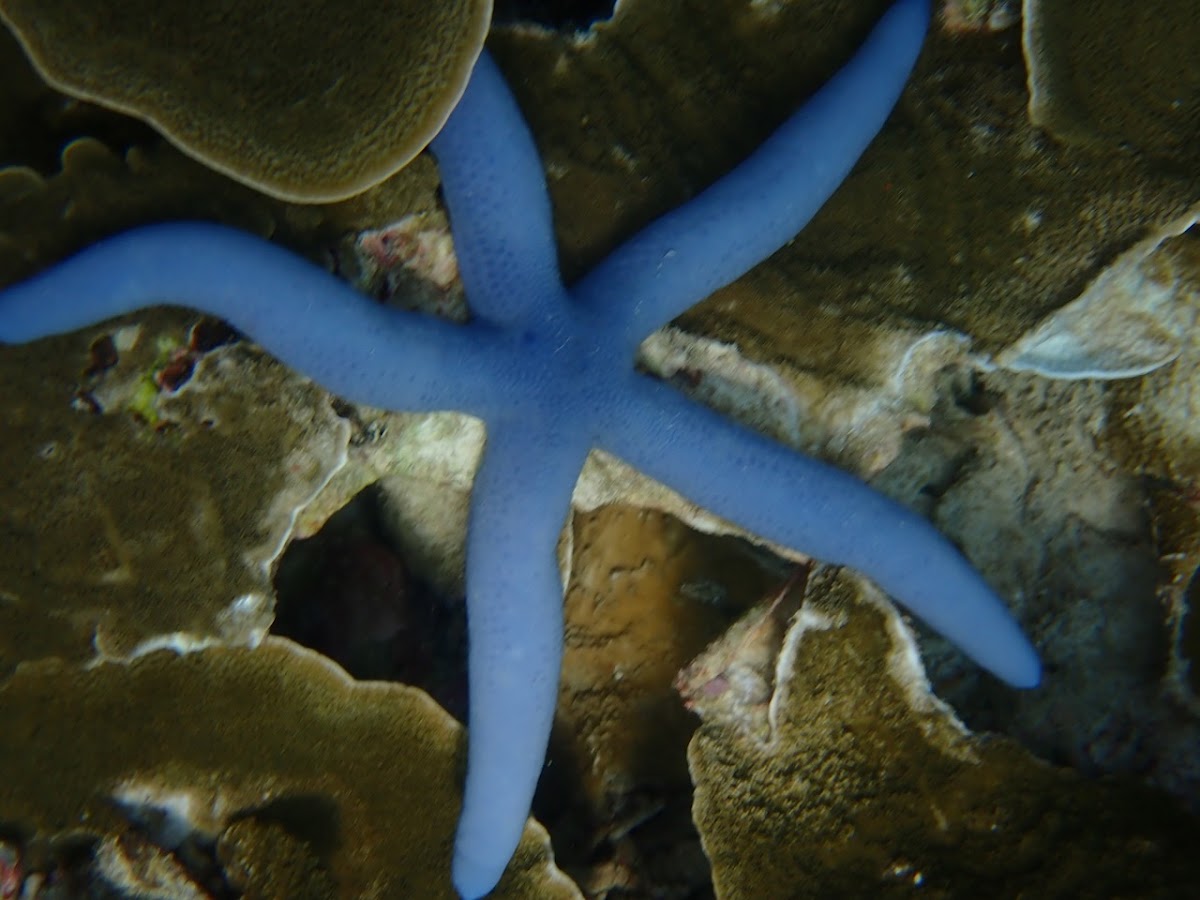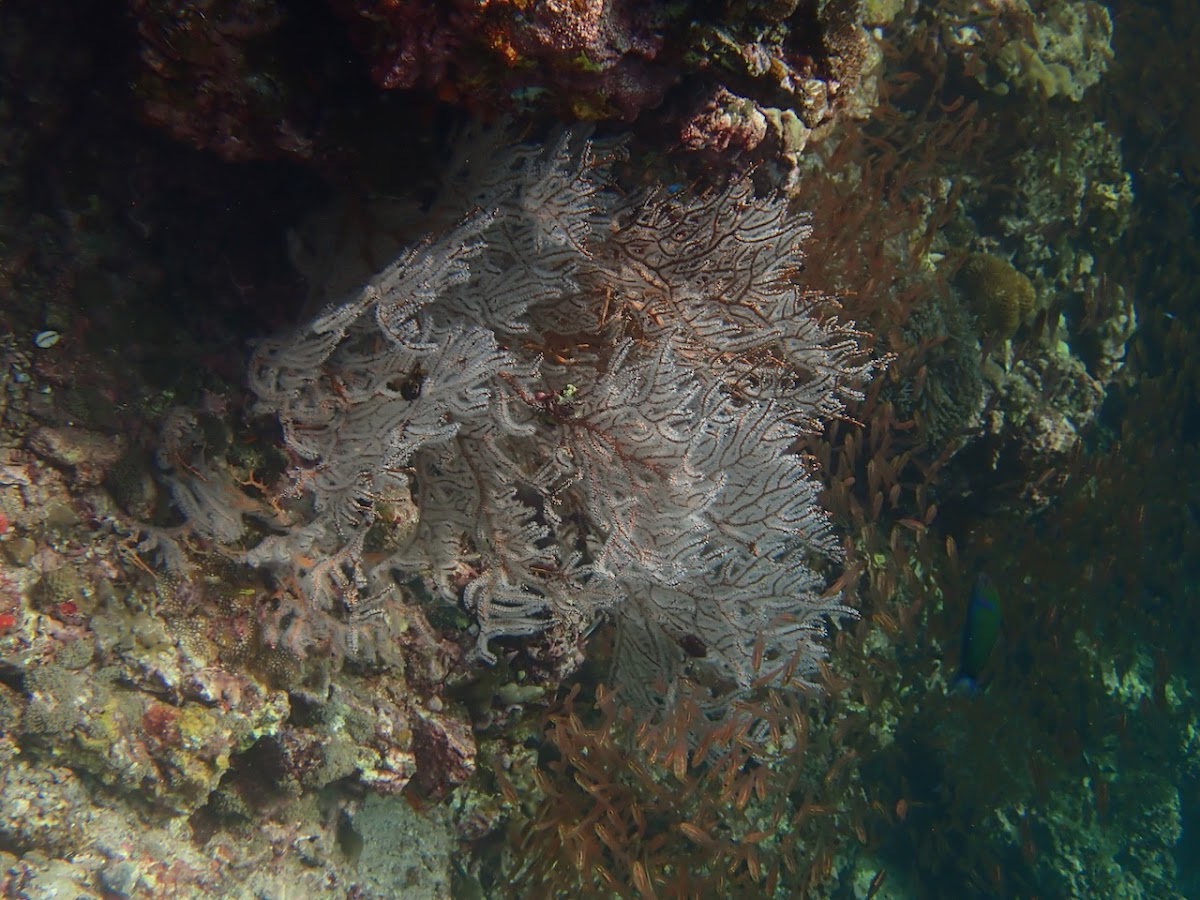On Tuesday we went on a whole day snorkelling trip with Hidden depths divers again, this time we were going to Bida islands near Phi Phi islands. Many many years ago we were already diving at Bidas, while we were vacationing on Phi Phi Don and doing our Padi Open Water and Advanced Open Water diving courses there. But I would be lying if I told you I could remember much from then, besides that it was exciting to learn to dive and that all the dive sites we visited were very pretty and that we had a great time.
We were again picked up at our hotel and after a breakfast at dive shop we sailed away. This was our Captain on speedboat, always in good mood and joking.
Tomaz had to take the photo of details of the boat as well.Here is our snorkelling guide Moo (I hope I'm spelling his name correctly).
And this is the boat with all of us. This time there were not just divers and us, there was another snorkeler there as well.
The Bidas are quite close to Phi Phi islands, behind Koh Bida Nai (behind Tomazs head) you can see Phi Phi Leh on the left, where the famous Maya bay is.
Our first stop was at Koh Bida Nok. The bay was already packed with boats and the water was crowded with people. There are several Black tip sharks living around the islands and they are one of the main attractions there, but looking at all the boats and people our Captain was not optimistic that we would find any. He said they all swam out to the see to avoid the crowd.
We started in the shallow bay and it was very pretty in the water, one just had to be careful not to swim into other people. But the Banded sea krait (Laticauda colubrina) didn't mind any of us.
We also saw many colourful Parrotfish, this one could be a Redlip parrotfish (Scarus rubruviolaceus).
We also saw many colourful Parrotfish, this one could be a Redlip parrotfish (Scarus rubruviolaceus).
It is really hard to identify different species of parrotfish, there are so many colour variations among one species, but I think this might be the Greenthroat parrotfish (Scarus prasiognathos).
Then suddenly Moo pushed me forward and pointed to the shallow - and the shark parade begun. There were several Blacktip sharks (Carcharhinus melanopterus) circling in and out of the lagoon.
Here the shark is a bit in the background because the Crocodile needlefish (Tylosurus crocodilus) wanted to be in the front. We were very happy to see that the sharks were still there.
After watching sharks for a while we moved along the island to the East. This to me is just as big a trophy as sharks - these are two nudibranchs, the bigger one is Phyllidia Varicosa and the smaller could be Phyllidiela nigra (both names are from seaslugforum.net ). Update: the smaller nudibranch might also be Phyllidia Varicosa, there are photos of specimen with such colours, and colours of Phyllidiela nigra are in fact more violet on black than white on black.
And just around the East corner there was another group of Blacktips, Tomaz said there were some dozen of them. These were even less shy and came quite close.
Pinkfin shark named Tomaz....
These are some pretty sponges, I guess.
Here are some anemones with Skunk anemonefish (Amphiprion akallopisos).
And some more Bubble corals.
This is the prettiest Triggerfish of them all, it is a Clown triggerfish (Balistoides conspicillum). This one was the only one we saw and this is the best photo where you can also see its belly.
This one looks very much like Java Rabitfish or Streaked spinefoot (Siganus javus).
And this was another highlight of the day - the Leopard or Zebra shark (Stegostoma tigrinum). We saw it only thanks to Moo. It is not the best photo, but we didn't want to get too close and spook it, so that other divers could also see it.
We saw plenty of these fish, hanging in the water in groups. Unfortunately I couldn't find their name. Update: the Silver moonfish (Monodactylus argentus) looks almost identical to these guys, but it's silver with yellow fins. It is frequent at Koh Bidas. So I'm wondering if it is just the colours that are a bit off on my photos, maybe because the sun, depth, my camera...
And here are some more Fussilliers.
Pinkfin shark named Tomaz....
These are some pretty sponges, I guess.
Here are some anemones with Skunk anemonefish (Amphiprion akallopisos).
And some more Bubble corals.
This is the prettiest Triggerfish of them all, it is a Clown triggerfish (Balistoides conspicillum). This one was the only one we saw and this is the best photo where you can also see its belly.
This one looks very much like Java Rabitfish or Streaked spinefoot (Siganus javus).
After a break on the boat and some delicious snacks and drinks we moved to the next spot, to Hin Bida. It is a bit further East and it's not an island but just a submerged rocky outcrop with its highest point just sticking out of the water at low tide.
This pretty coral is probably one of the Pocilloporas, surrounded by Diadema urchins and guarded by black Threespot damsel (Pomacentrus tripunctatus).
I love how delicate these Diadema urchins are. Except when their long spines are stuck in your foot...And this was another highlight of the day - the Leopard or Zebra shark (Stegostoma tigrinum). We saw it only thanks to Moo. It is not the best photo, but we didn't want to get too close and spook it, so that other divers could also see it.
We saw plenty of these fish, hanging in the water in groups. Unfortunately I couldn't find their name. Update: the Silver moonfish (Monodactylus argentus) looks almost identical to these guys, but it's silver with yellow fins. It is frequent at Koh Bidas. So I'm wondering if it is just the colours that are a bit off on my photos, maybe because the sun, depth, my camera...
And here are some more Fussilliers.
Snorkelling was really great, lots of healthy reefs and lots and lots of fish. Which really surprises me every time, since one sees soooo many fishing ships out at sea every evening. We again didn't see any Whale sharks, I guess I will have to make another plan how to finally meet them.
After snorkelling we sailed back to dive shop and had a delicious lunch there. And our evening was spent at the hotel pool and then with a delicious curry and a few drinks.

























































